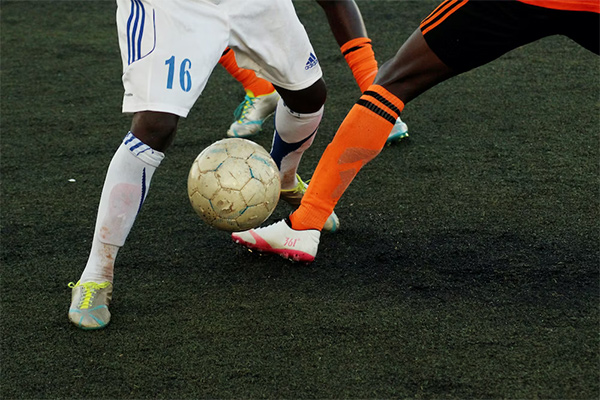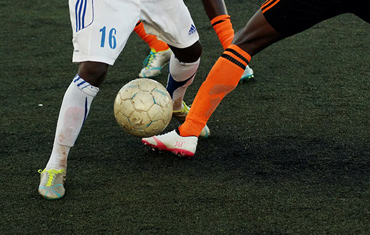Have you ever experienced locking sensations in the knee, pain when walking, or feelings of weakness in your quadricep area?
If the answer is yes, then it’s likely that you’re suffering from knee buckling.

Knee buckling can be described as a sensation of one or both knees giving out that impacts nearly 17% of adults.
Considered to be one of the most important (and largest) joints found in the human body, knees play pivotal roles in everyday activities such as walking and sitting.
This reliance on knees for proper movement can make it particularly stressful whenever our knees begin to feel unstable, weak, or begin giving out.
While knee buckling is sometimes a one-off event with little cause for worry, repeat instances can be a sign of bigger issues. Below are four of the most common causes of knee buckling.
Most Common Causes of Knee Buckling & Treatment Options
Ligament Damage

The knee contains four main types of elastic ligaments that aid in strength and stability. These ligaments include the anterior cruciate ligament (ACL), posterior cruciate ligament (PCL), medial collateral ligament (MCL), and the lateral collateral ligament (LCL).
All four of these ligaments can become torn, resulting in potentially serious mobility issues. For example, ACL tears can occur suddenly, accompanied with a sensation of the knee completely giving out.
Moreover, athletes and other physically active people are more prone to multi-ligament injuries where more than one ligament is injured. In instances such as these, reconstructive surgery might be required.
Ligament damage isn’t the only cause of knee buckling, let’s explore other possible causes.
Arthritis
While there are more than 80 forms of arthritis, osteoarthritis and rheumatoid arthritis are both known to cause knee buckling in patients.
Osteoarthritis is a degenerative condition that creates a breakdown in joint cartilage, leading to increased joint friction in the process.
In contrast, rheumatoid arthritis is an autoimmune disorder where the body’s immune system mistakenly views the synovium –a joint’s soft lining — as a threat and begins attacking it.
Other arthritis symptoms that may cause knee buckling include:
- Clicking, grinding, creaking noises
- Joint stiffness
- Joint pain that intensifies with weather changes
- Trouble when walking
While there isn’t currently a cure for arthritis, there are treatments available to help manage the symptoms.
Femoral Nerve Dysfunction
The femoral nerve runs from the pelvis down to the front of the leg and aids in muscle movement. With femoral nerve dysfunction, damage to the femoral nerve results in a loss of sensation in certain parts of the leg.
This damage to the femoral nerve can occur from diabetes, pelvic fractures, and direct injury.
Patellar Instability
The kneecap (or patella) sits in a groove located on the thigh bone and allows us to bend and straighten our knees properly.
Patellar instability is when the kneecap (or patella) slips out of its groove or dislocates. Causes of patellar instability can include a sharp blow to the knee from direct contact or a fall that causes the kneecap to slip.
Knee buckling is a common symptom of patellar instability in addition to creaking sounds from the knee, pain while sitting, and stiffness.
Need Help With Your Knee Buckling Issues?
As revealed above, ignoring your knee instability symptoms and knee buckling may result in undetected and untreated medical issues.
If you have worries surrounding your knee’s stability, consider scheduling an evaluation with Dr. Van Thiel. As a leader in orthopedics, Dr. Van Thiel has extensive experience working with patients who suffer from multi-ligament injuries, kneecap instability, and more,
Keep your knees pain (and worry) free. Call the office of Dr. Van Thiel at or request an appointment at the Rockford practice today.





